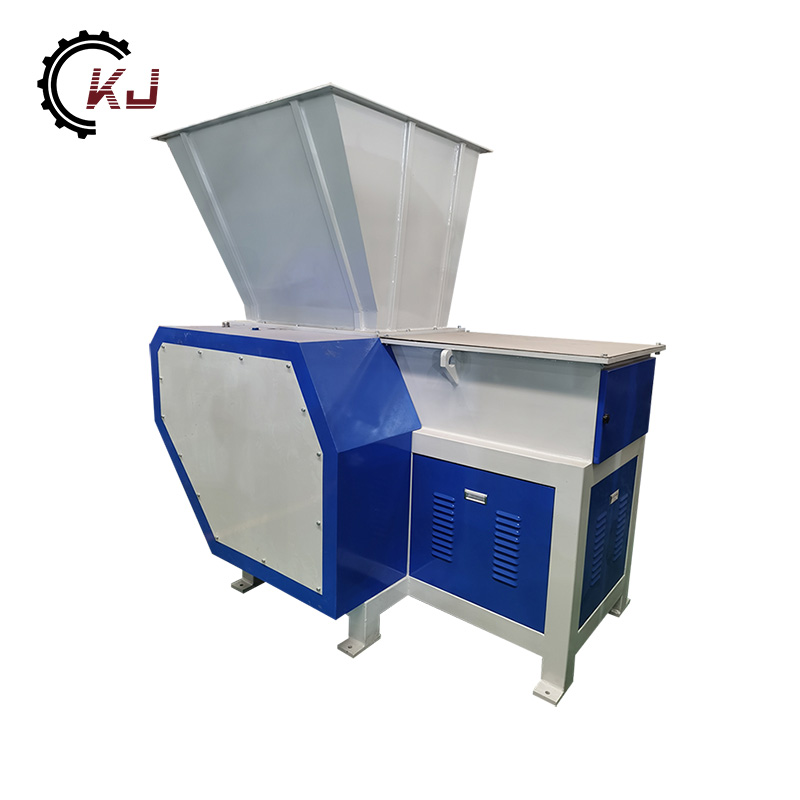Loading the Powerhouse: Material Loading Methods for Industrial Crusher Machines
2023-11-06
Industrial crusher machines are the workhorses of material reduction and processing in various industries. Understanding how these machines are typically loaded with materials is essential for efficient and safe operation. In this blog, we will explore the various methods used to load materials into industrial crusher machines and the importance of choosing the right method for specific applications.
Crusher Machines: A Hub of Material Reduction
Before delving into loading methods, it's crucial to appreciate the significance of industrial crusher machines. These robust and powerful devices are designed to reduce the size of various materials, from aggregates and minerals to waste and chemicals. They are pivotal in industries like mining, construction, recycling, and more. Loading materials into these machines is the first step in the material reduction process.
Common Methods for Loading Materials:
1. Manual Feeding: In many cases, operators manually feed materials into the crusher machine. This method is simple, cost-effective, and allows for precise control over the feeding process. Operators can regulate the feed rate and ensure that materials are evenly distributed into the machine.
2. Hopper Feeding: Some crusher machines are equipped with hoppers or feeders that automatically transport materials to the crushing chamber. These feeders can be gravity-fed or employ mechanical conveyors, ensuring a consistent and controlled material flow.
3. Conveyor Belt Loading: For high-throughput operations, conveyor belts are often used to continuously supply materials to the crusher. This method is efficient and minimizes manual labor, making it ideal for industries with high material processing demands.
4. Loader or Excavator: In heavy-duty applications, such as mining or large-scale construction, loaders or excavators are used to load materials into the crusher. These heavy machinery vehicles can handle large volumes of materials quickly.
5. Gravity Chute Loading: For applications where the crusher is positioned above the material source, a gravity chute can be employed. Materials flow down the chute and into the crusher, providing a continuous feed.
Choosing the Right Loading Method:
Selecting the appropriate loading method depends on several factors:
- Material Type: The nature of the material, its size, and its flow characteristics influence the choice of loading method. For cohesive or fine materials, an automated loading method may be preferred.
- Throughput Requirements: Consider the desired processing rate. High-throughput applications often favor conveyor belt loading, while low-volume operations may utilize manual feeding.
- Space and Layout: The available space and layout of the facility or site will determine which loading method is feasible.
- Labor Availability: Consider the availability of skilled operators for manual loading or the cost and availability of heavy machinery for loader/excavator loading.
- Material Handling Efficiency: Evaluate the efficiency and safety of each loading method to minimize material spillage and downtime.
- Equipment Compatibility: Ensure that the chosen loading method is compatible with the specific crusher machine being used.
Conclusion
The loading method chosen for industrial crusher machines is a critical consideration that directly impacts the efficiency and safety of material reduction processes. Whether it's manual feeding, hopper feeding, conveyor belt loading, or heavy machinery operation, selecting the right method is key to achieving the desired material processing outcomes in a wide range of industries. By understanding the material characteristics, throughput requirements, and facility layout, operators can optimize the loading process and harness the full potential of their industrial crusher machines.



